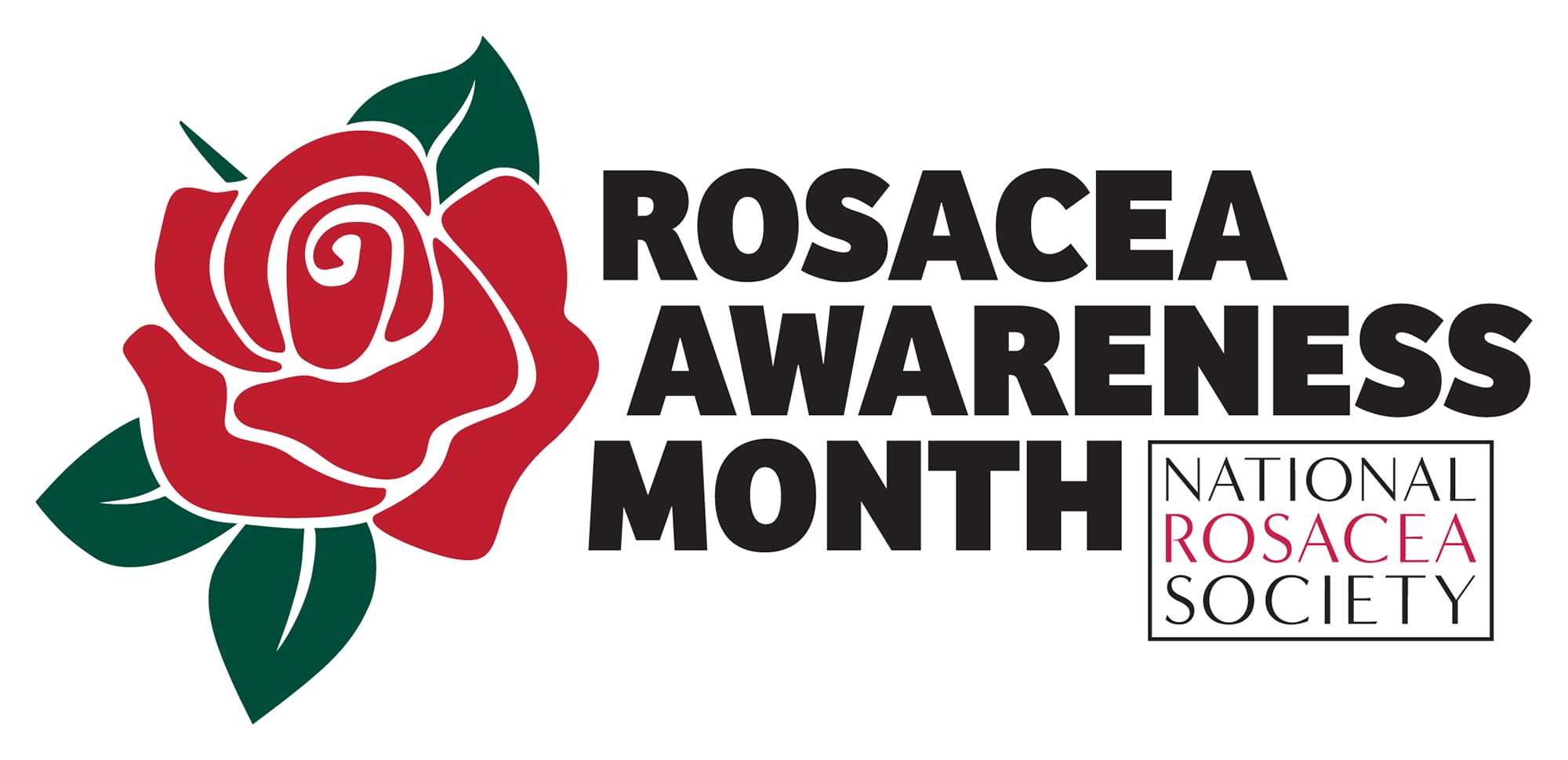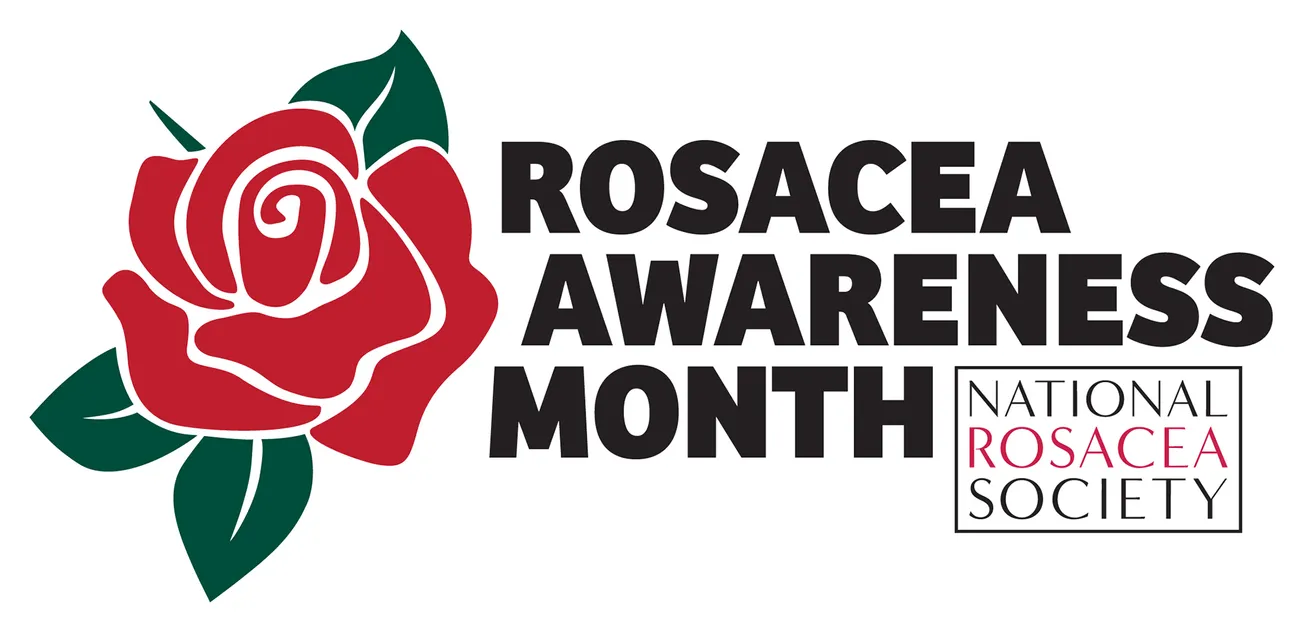BARRINGTON, Ill. — Advanced therapies designed to target rosacea’s disease processes combined with treatment plans tailored to each individual’s specific case have made it easier than ever for patients to achieve clear skin. But these treatment advances are only beneficial if sufferers have the patience to allow therapies to do their job. The National Rosacea Society (NRS) has designated April as Rosacea Awareness Month to educate the public on the treatments available for this chronic facial skin disorder, as well as the importance of a key factor in making them effective: giving new treatments enough time to work.

“Rosacea has no cure, but the signs and symptoms can go into remission through a combination of medical therapy and lifestyle changes,” said Dr. Estee Williams, assistant clinical professor of dermatology at Mount Sinai Medical Center. “The timeline to achieve remission will be different for each individual depending on the disease presentation and severity. The key is consistency and patience.”
In a recent survey, the NRS asked rosacea patients how long they gave a new product or treatment to work before giving up on it. Over 75% said within a month, and more than half said two weeks or less. In contrast, dermatologists recommend sticking with a new therapy for at least 12 weeks before evaluating its effectiveness.
“There are more treatment options available for rosacea than ever before, including oral and topical therapies, laser treatments and the avoidance of environmental, emotional or food-related triggers, but each must be given ample time to work,” Dr. Williams said.
The best results are achieved when patients and their doctors work together to identify appropriate therapies and monitor their progress, Dr. Williams explained. When planning a new treatment regimen, she recommended that physicians take into account patients’ preferences to make sure they are interested, willing and able to adhere to the new regimen. Healthcare providers should also discuss when a reduction in symptoms can be expected and explain the link between medication efficacy and consistency of use.
Then, as treatment progresses and with the patient’s input, physicians may offer additional strategies. For example, once the bumps and pimples of papulopustular rosacea have cleared, a patient may add an alpha agonist to their routine to reduce persistent facial redness, Dr. Williams said. With the patient’s observation of its effects, physicians can suggest adjustments, such as application in different amounts at different times of day, to achieve the best result.
“Managing rosacea isn’t a single visit to the doctor, but an ongoing process, and for some patients it may take weeks or months to see improvement,” she said. “Fortunately, with today’s increasingly sophisticated tools and perseverance, it’s possible to successfully combat rosacea’s effects and dramatically improve each patient’s quality of life.”
During Rosacea Awareness Month and throughout the year, the NRS will conduct public education activities to reach the many millions of rosacea sufferers who may not realize they have a medical condition that can be treated, emphasizing the warning signs and urging those who suspect they may have rosacea to see a dermatologist. Bulk quantities of educational materials are available to health professionals for their patients through the NRS website at rosacea.org or by writing the National Rosacea Society, 4619 N. Ravenswood Ave, Suite 103, Chicago, IL 60640; calling the NRS toll free at 1-888-NO BLUSH; or via e-mail at info@rosacea.org. Those interested in spreading awareness during the month of April are encouraged to visit the official Rosacea Awareness Month landing page at rosacea.org/ram for ways in which they can participate.









